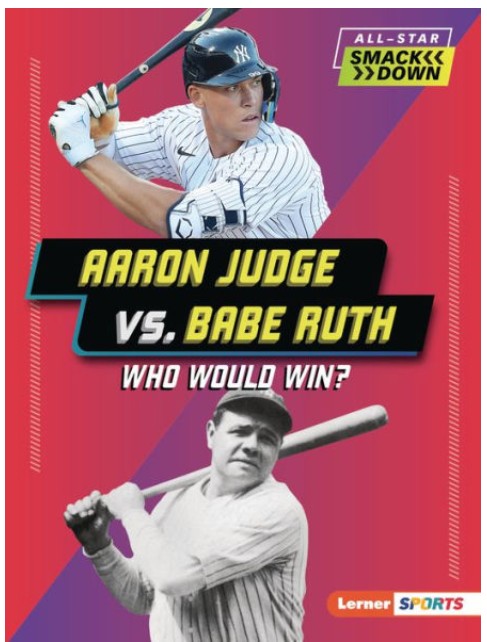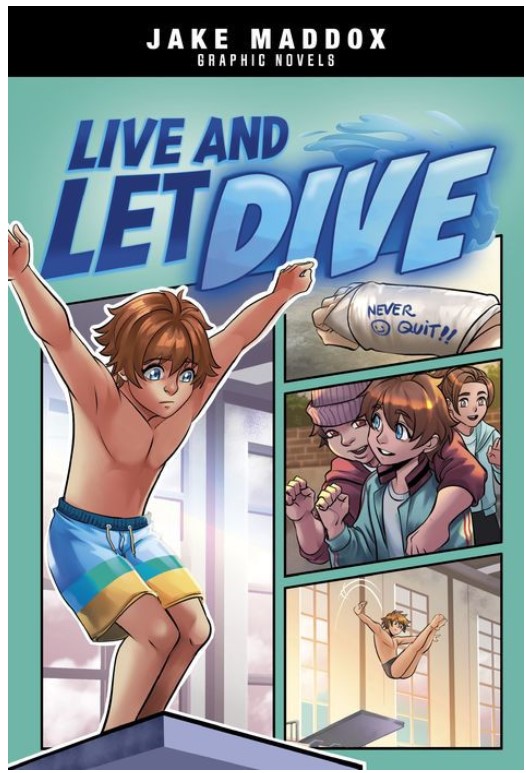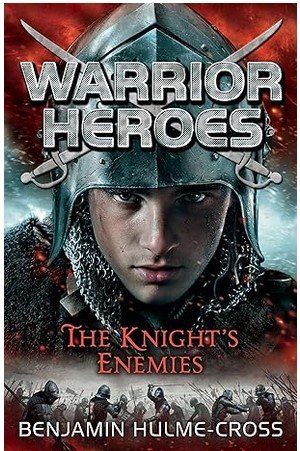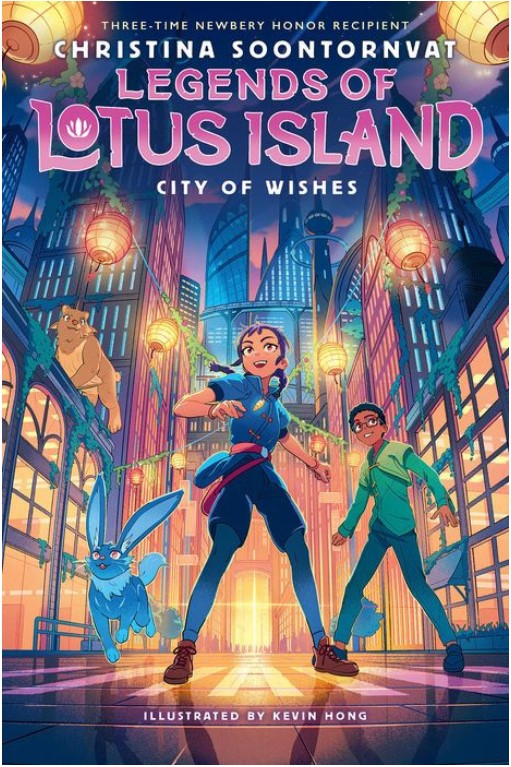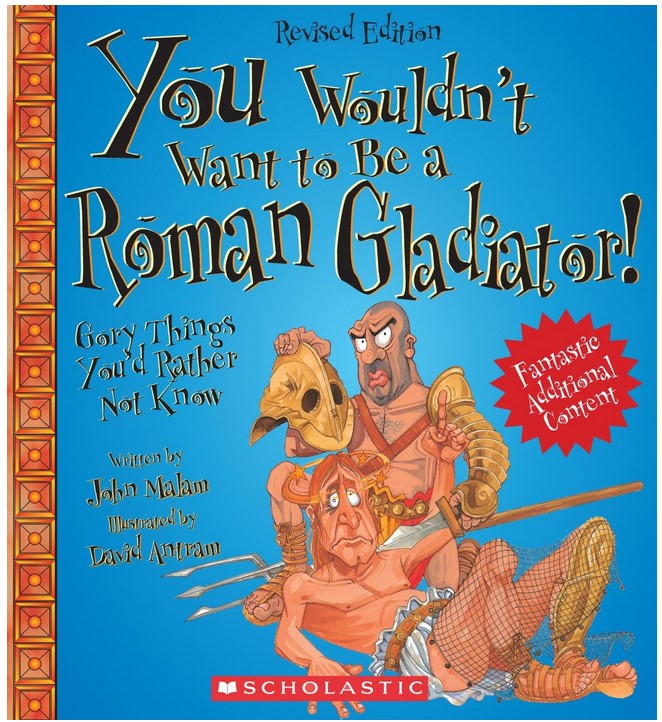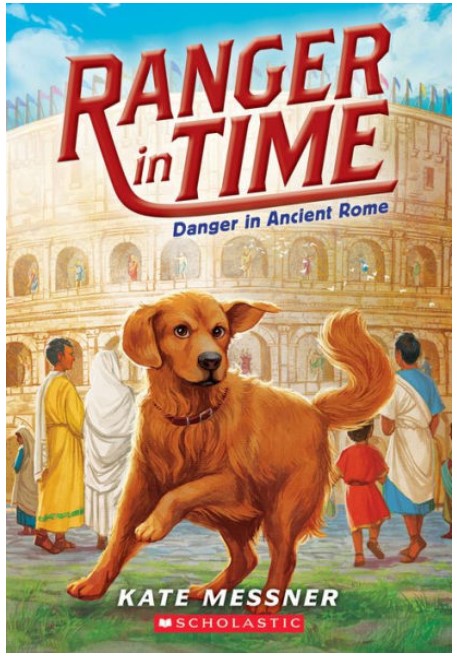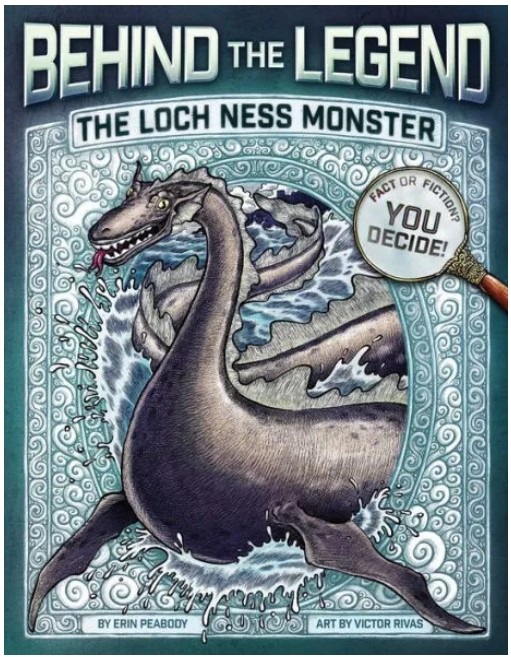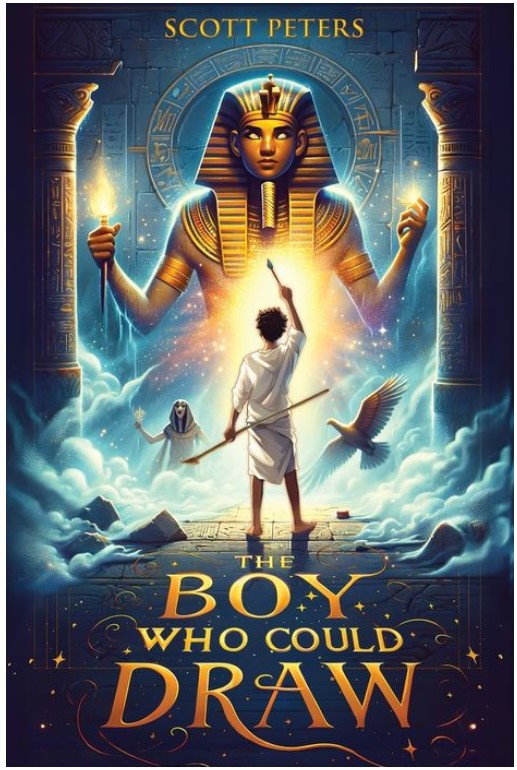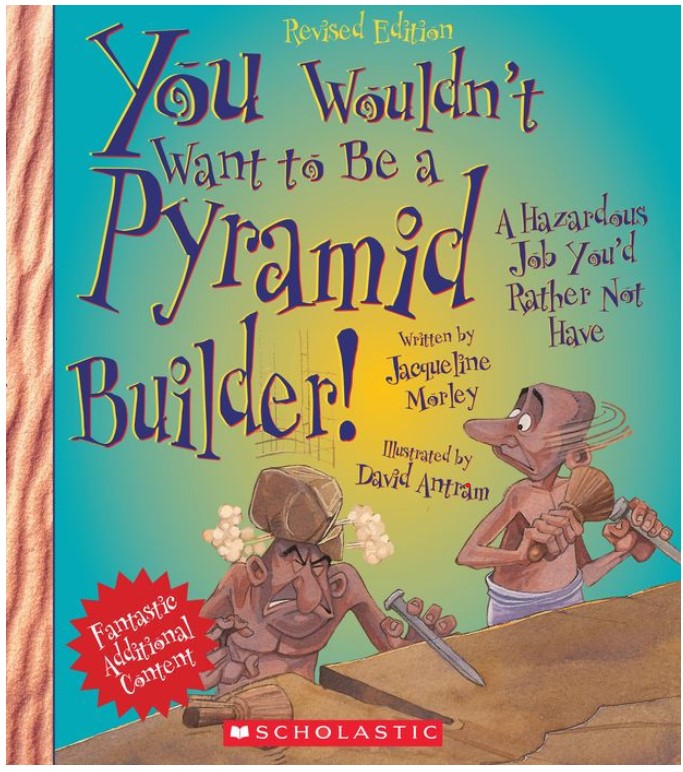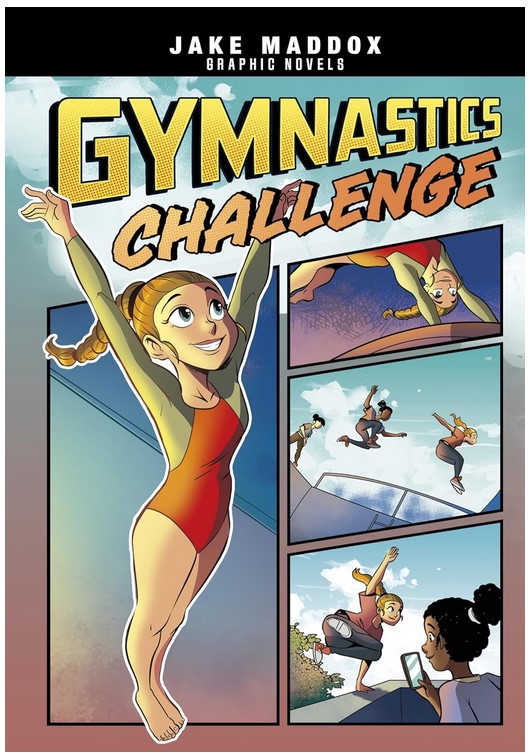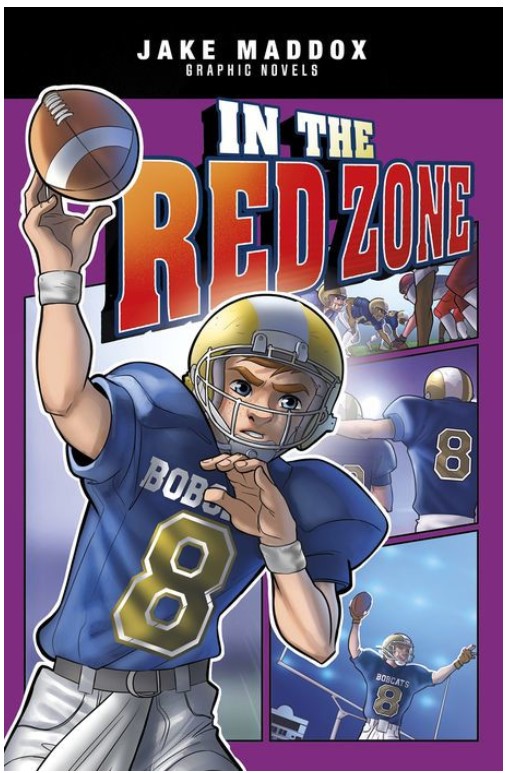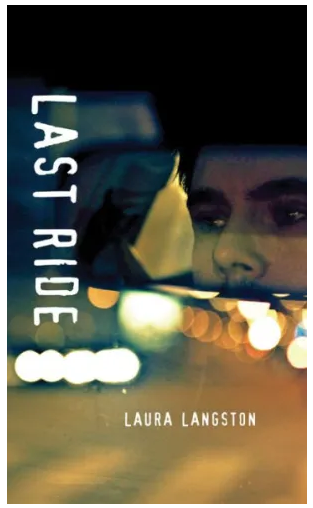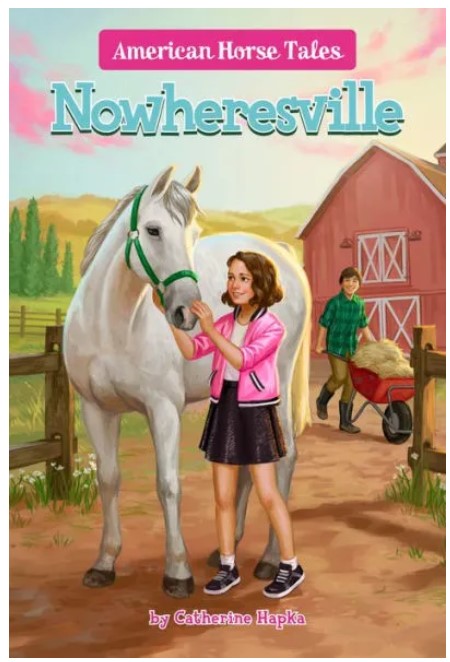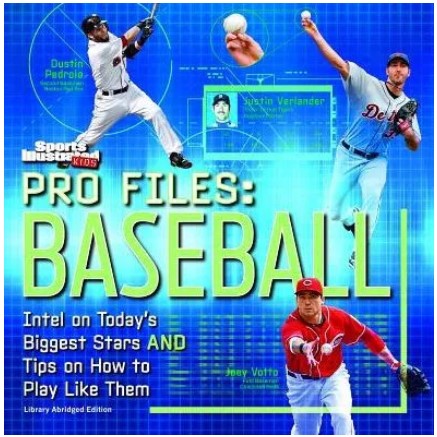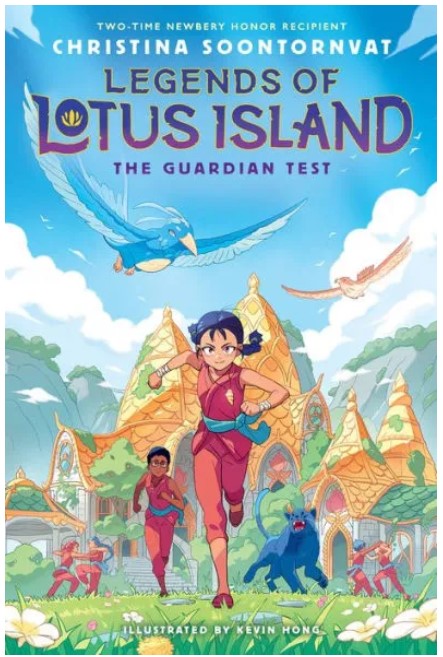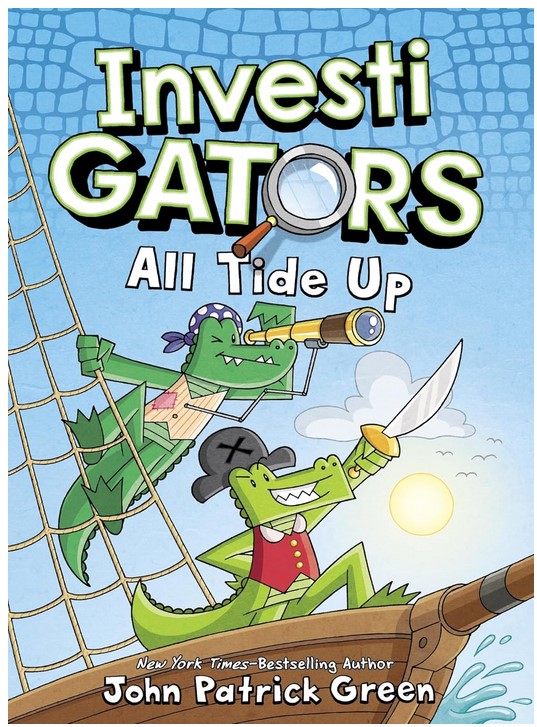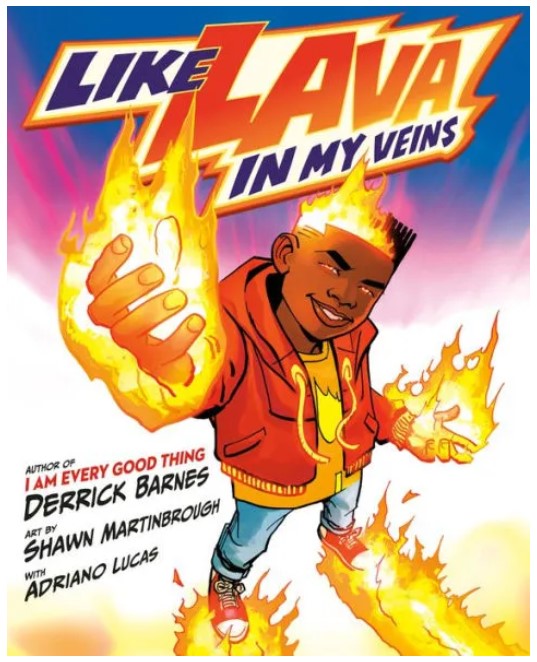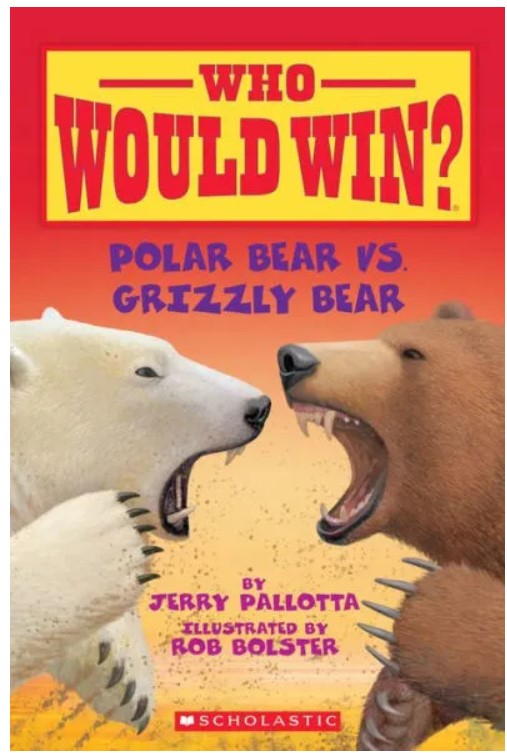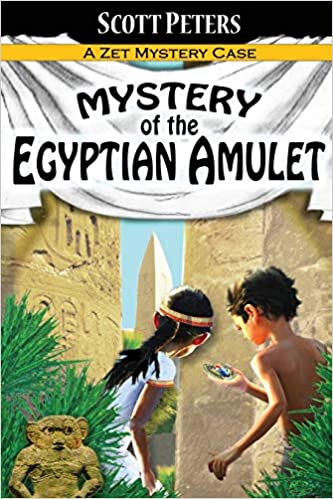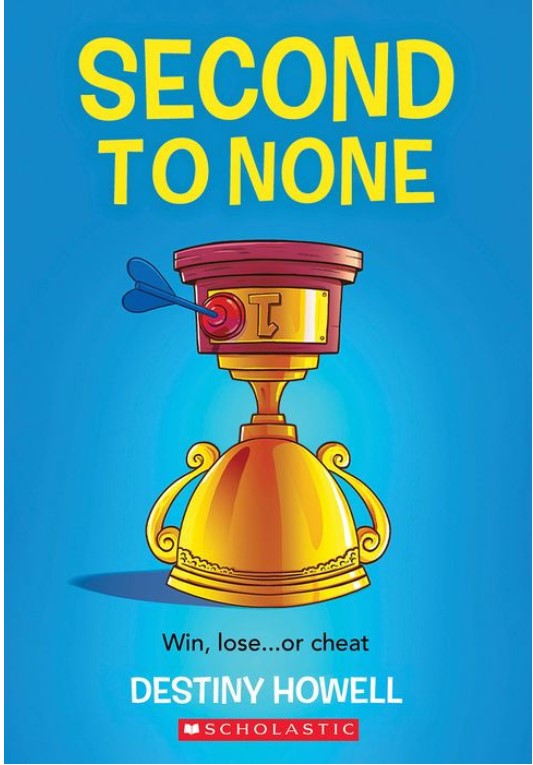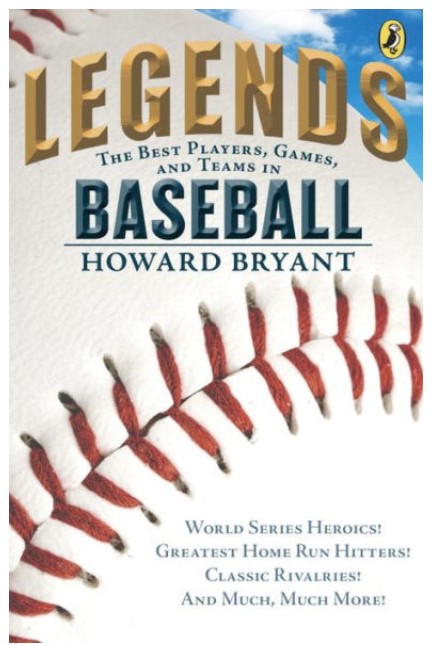Babe Ruth may be the most famous name in baseball. Among the several feats in his historic career, Ruth was a member of seven World Series championship teams, one of the inaugural members of the Baseball Hall of Fame, and a winner of the MLB single-season home run record. Understandably, Ruth is regarded by many as the best baseball player in the history of the sport. Although Ruth’s skill and legacy cannot be contested, countless new talents emerge every year with the potential of becoming an icon.
One such talent is Aaron Judge, a fellow New York Yankee who, in 2017, became the first rookie to win the Home Run Derby with 52 home runs. Judge is regarded as one of the greatest living baseball players. But does his record mean that he is a better player than the famous Babe Ruth? In Aaron Judge vs. Babe Ruth: Who Would Win, Josh Anderson compares the careers of Ruth and Judge to explore the difficult question: who is the better player?
The book is divided into four chapters. In the first chapter, Anderson explores the upbringing of each player. Readers will learn facts such as how George “Babe” Ruth discovered his baseball talent and earned his iconic nickname. On the other hand, Aaron Judge went from a star athlete on his high school baseball team to the star of the New York Yankees. In the second and third chapters, Anderson details the incredible accomplishments of each player. For example, readers will learn how Babe Ruth held the record for the most home runs with sixty home runs in a season, a record that Aaron Judge later surpassed with 62 home runs. Readers will also learn about the accolades each player has received, such as Ruth’s seven World Series championships and Judge’s Rookie of the Year award in 2017. In the fourth and final chapter, Anderson summarizes the players’ careers so the reader can determine who they believe to be the better player.
Each page of the book features pictures of Ruth and Judge during their careers, from black-and-white photos of Ruth’s childhood to full-color shots of Judge hitting a home run. Although Anderson maintains a simple vocabulary for young readers, newer readers may be overwhelmed by the plethora of statistics and facts. Each page features 1 – 13 sentences of small text. Although the book uses baseball terminology like “outfielder” and “innings,” Anderson includes a glossary for readers unfamiliar with baseball terms.
Overall, Aaron Judge vs. Babe Ruth: Who Would Win is an informative and approachable book that passionately describes two incredible careers. Regardless of readers’ knowledge about the sport, they will be captivated by Judge and Ruth’s many accomplishments. The book is an excellent choice for young baseball fans and an effective introduction of the two players for readers unfamiliar with the two baseball stars. Readers can learn more about Babe Ruth’s historic career by reading Babe Ruth and the Baseball Curse by David A. Kelly and Babe & Me: A Baseball Card Adventure by Dan Gutman.
Sexual Content
- None
Violence
- None
Drugs and Alcohol
- None
Language
- None
Supernatural
- None
Spiritual Content
- None
